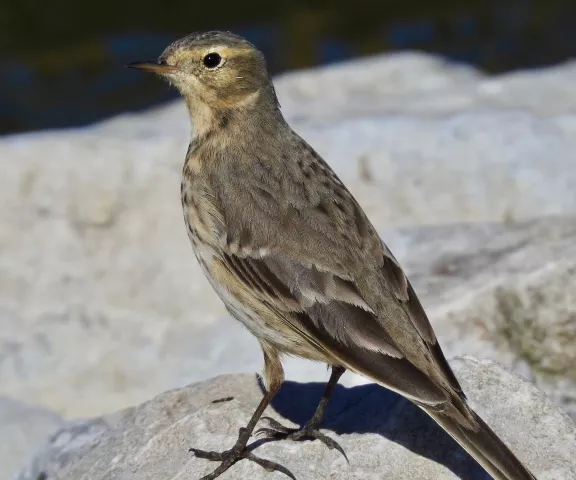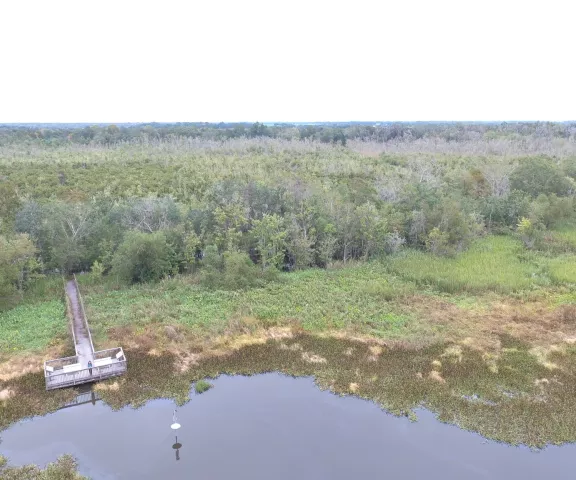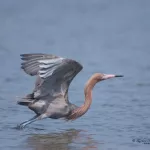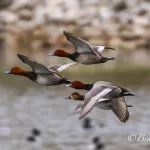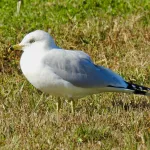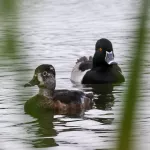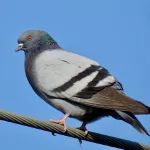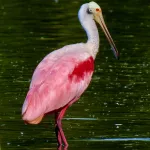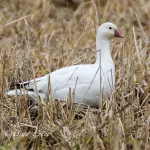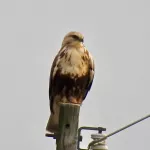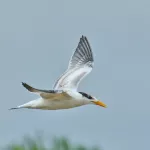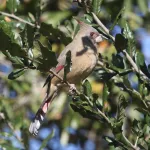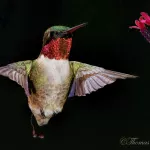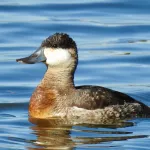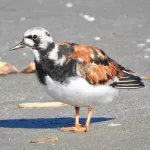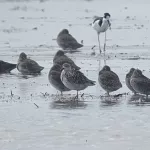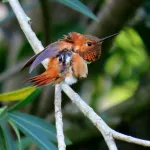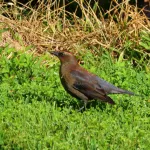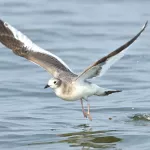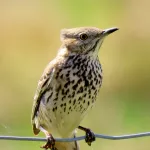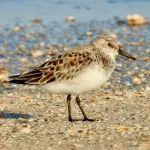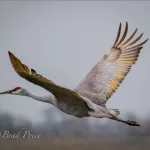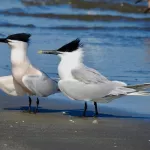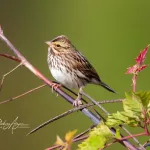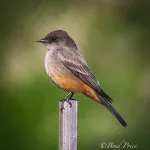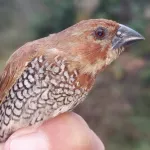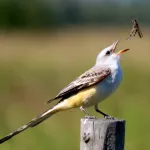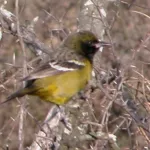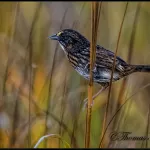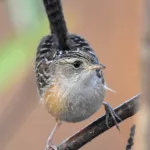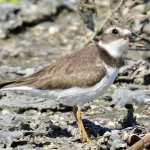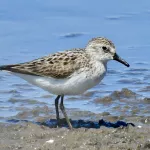Mandalay National Wildlife Refuge
Located just southwest of Houma, Mandalay National Wildlife Refuge encompasses freshwater marsh and cypress-tupelo swamp habitats and is bisected by the Gulf Intracoastal Waterway. This watery refuge also contains Lake Hatch, Lake Decade, and Bayou Black. A unique habitat type found at Mandalay is called “flotant”–a French term for a floating marsh–not quite land and not quite water.
The refuge's freshwater marshes attract thousands of migratory waterfowl. The forested habitats provide critical spring and fall habitat for neotropical migratory songbirds.
The best look at the refuge is from the Wildlife Trail. The trailhead is located near the refuge’s headquarters building at the end of Service Road. When traveling down Service Road, an open pasture to the left is occupied by Eastern Meadowlarks and Cattle Egrets year-round and additional field birds, including American Pipit, Red-winged Blackbird, and others, especially in winter.
At the trailhead, the habitat is a matrix of bottomland hardwoods and cypress-tupelo swamp plants. On the higher ground of the trail, look for forest birds such as Red-shouldered Hawk, Red-bellied and Pileated Woodpeckers, Carolina Chickadee, Tufted Titmouse, Carolina and Winter Wrens, as well as Prothonotary, Yellow-throated, and Hooded Warblers. During migration periods, these are joined by many species of flycatchers, vireos, sparrows, orioles, warblers, tanagers, and grosbeaks. Each time the trail breaks into a woodland edge, be on the lookout for Eastern Kingbird, Northern Cardinal, and both Indigo and Painted Buntings.
Approximately 1/4 mile down, the trail reaches a covered boardwalk overlooking a small bayou. Little Blue Heron and Great Egret, along with many other wading bird species, are commonly observed here.
The trail then transitions back to the natural ground for another 1/4 mile before reaching a short boardwalk and viewing deck overlooking open water and marshes. This is an outstanding locale for waterbirds of many types. Fourteen species of geese and ducks have been recorded here, along with nine species of shorebirds and 15 wading bird species. Other waterbirds of interest include King, Virginia, and Sora Rails, both Common and Purple Gallinules, American Coot, Gull-billed Tern, Anhinga, Double-crested Cormorant, and many more. Nearly 190 bird species have been recorded at this refuge, including several vagrants and rarities.
This site is used by hunters, fishermen, paddlers, hikers, and birders. Parking is available. Directional/information/interpretive signage abounds at both the headquarters facility and along the trail itself. Restrooms/water are located only at the headquarters building. The trail is partially handicapped-accessible.
